Yves Gaucher (1934–2000) initially enrolled at the École des beaux-arts de Montréal in 1954 to study painting. But painting, as he recalled, could change with a simple stroke of the brush. Printmaking, on the other hand, offered a much more logical stage-by-stage procedure, which “allowed [him] time to reflect and rectify decisions.”
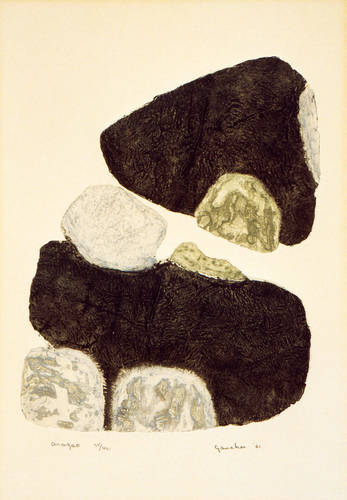
Yves Gaucher, Asagao, 1961
Etching and embossed copper printed on laminated papers, 48.4 x 33.4 cm, Musée d’art contemporain de Montréal
During late 1958 and early 1959 Gaucher began to experiment with Old Master etching techniques. He soon found traditional etching too limiting and started to experiment more broadly, increasingly altering or distressing his plates, often violently; he shifted to embossing, using a positive-negative combination of plates to achieve convex and concave reliefs. His prints from the early 1960s, including Asagao, are remarkable for their technical innovations in relief printing, requiring paper of such weight and strength that he resorted to gluing together two pieces of Arches paper—the lamination, application of colour, and printing all done in the same process.
During the early 1960s Gaucher’s imagery was vaguely representational; the shapes in prints like Asagao resemble flagstones, sometimes overlapping or floating freely across the white ground. There is little in these early prints to hint at what was to come. By 1963, Gaucher would adopt full-fledged geometry, staking out his place in the Montreal artists’ group the Plasticiens.
This Spotlight is excerpted from Yves Gaucher: Life & Work by Roald Nasgaard.
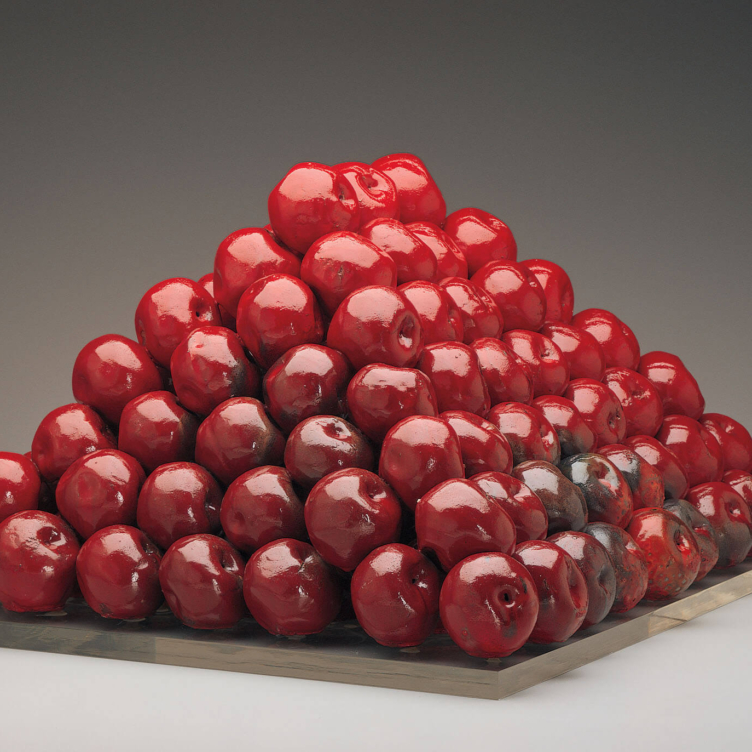 Pyramid Scheme
Pyramid Scheme
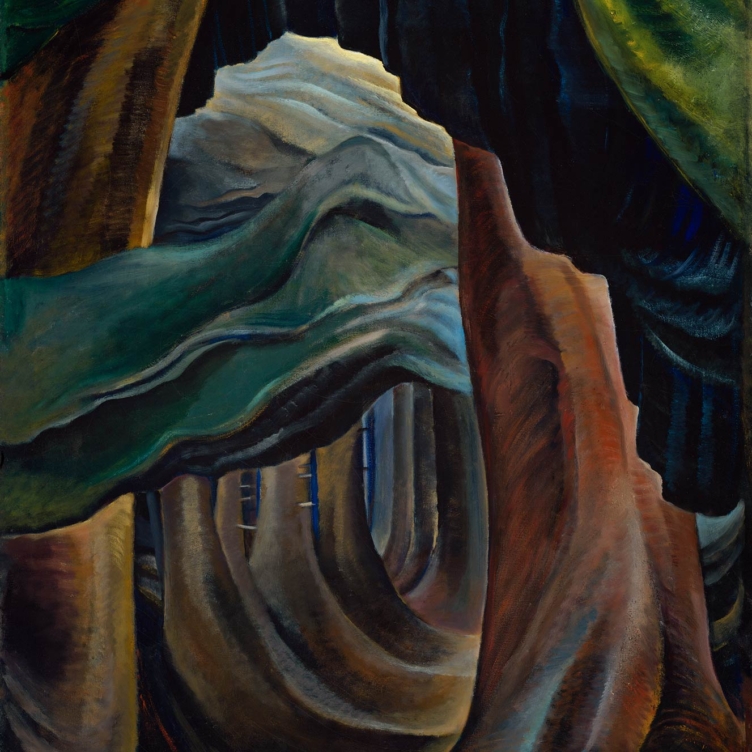 Transportive Trunks
Transportive Trunks
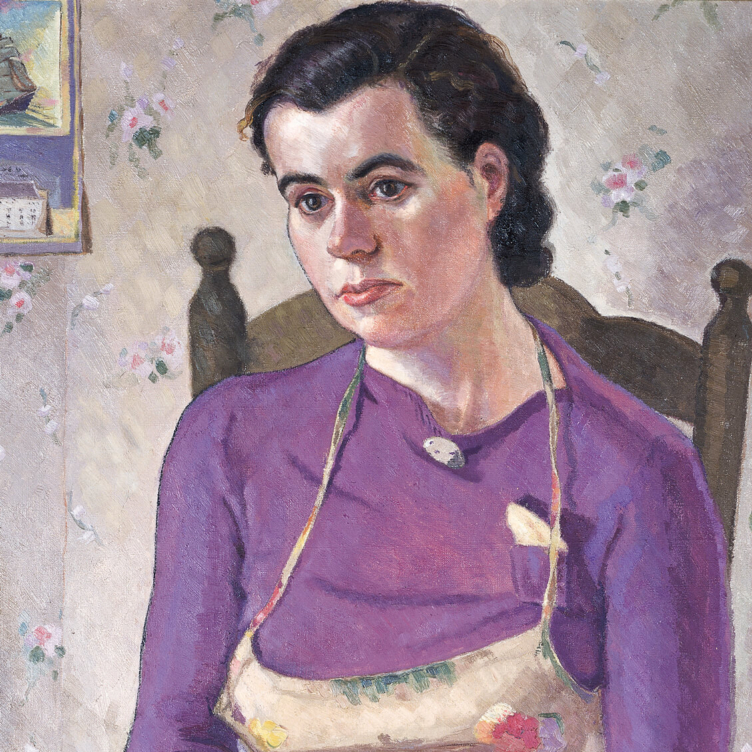 The Military Mate
The Military Mate
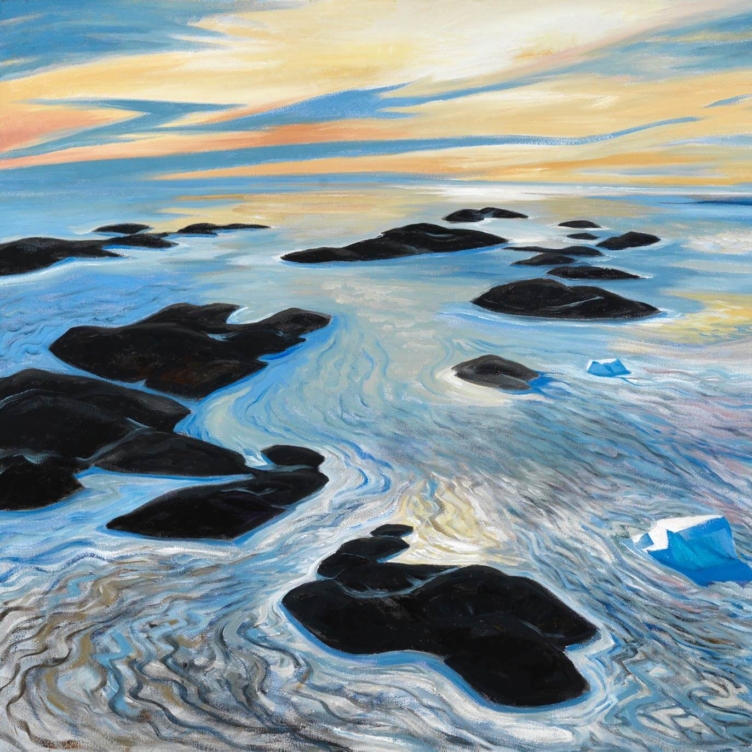 Looking Up on the World
Looking Up on the World
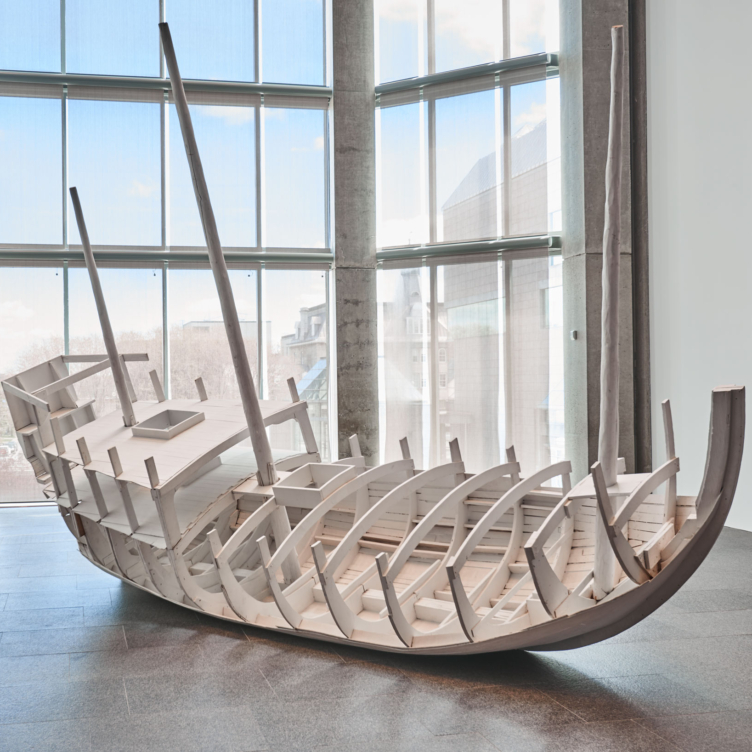 Vessel of Despair
Vessel of Despair
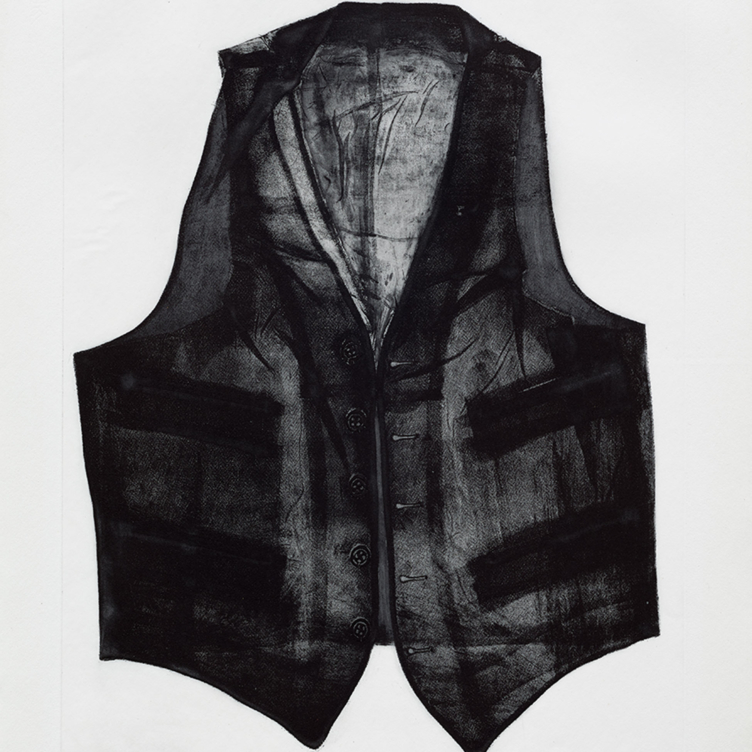 Layers of Meaning
Layers of Meaning
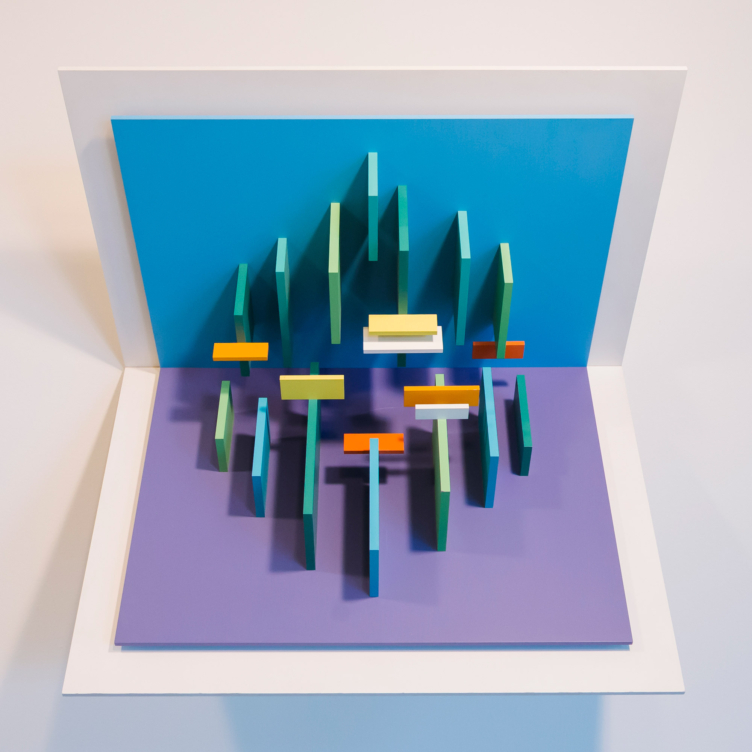 In Parallel to Nature
In Parallel to Nature
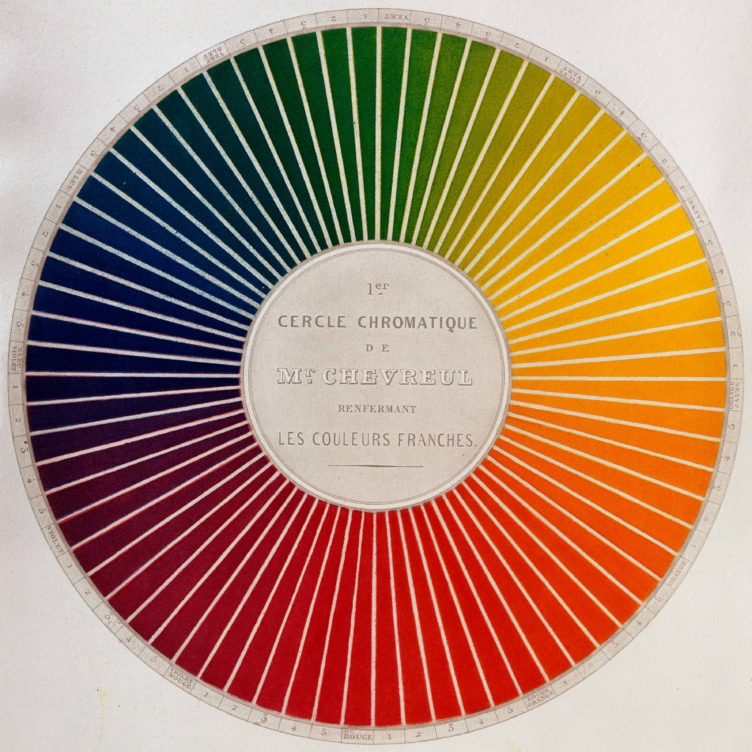 Wheel of Fortune
Wheel of Fortune
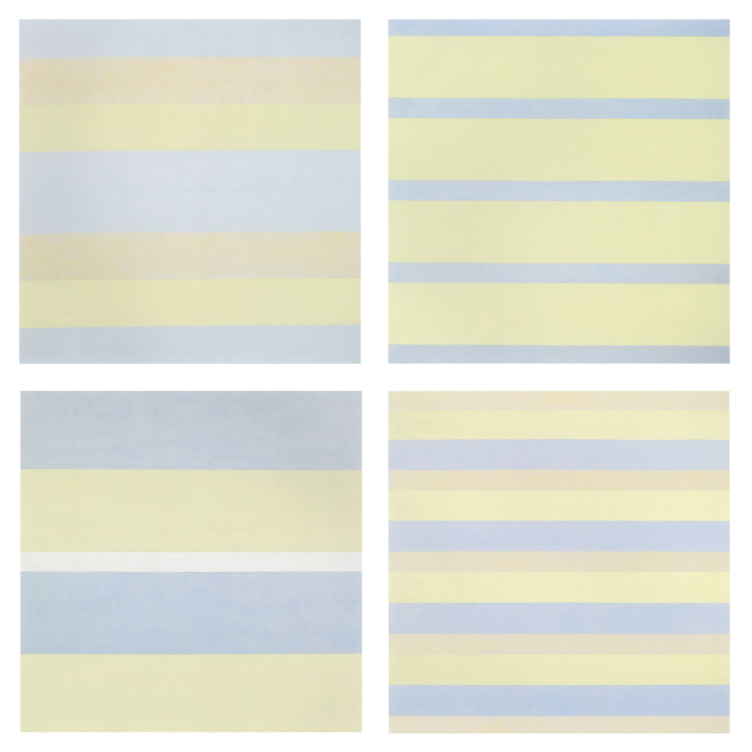 Paintings after emotional states
Paintings after emotional states
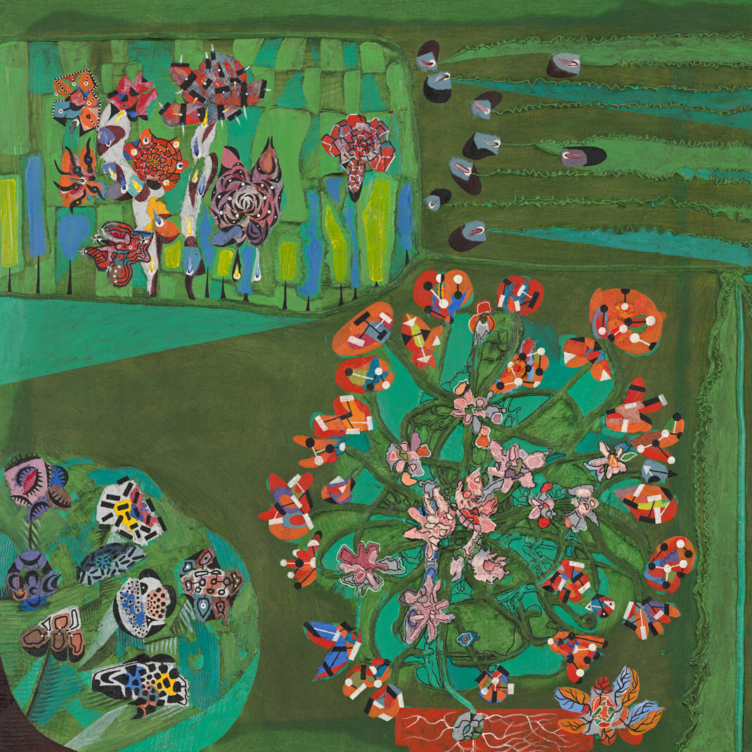 Garden of Delight
Garden of Delight
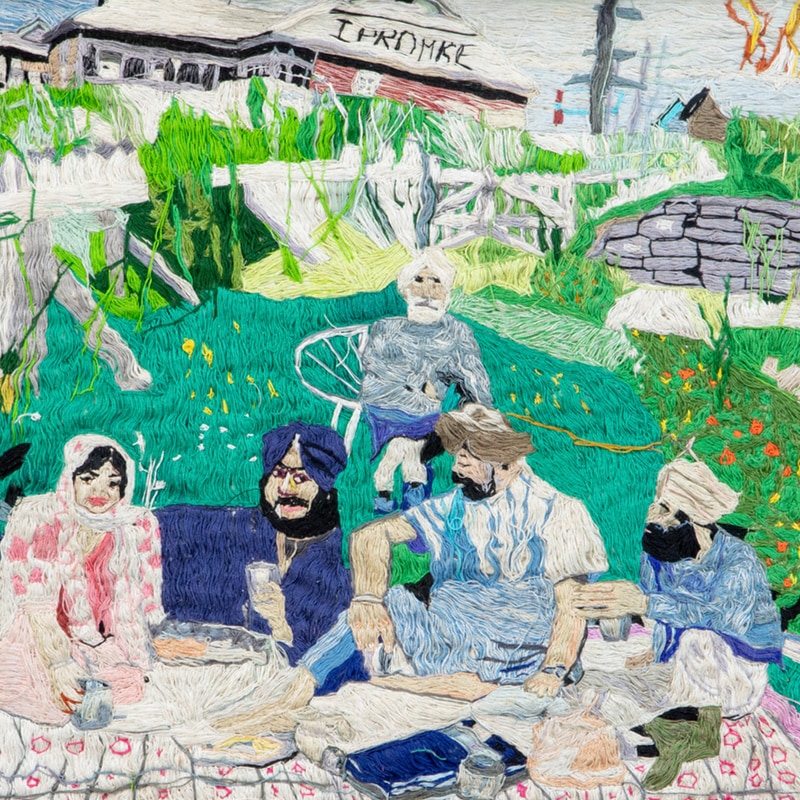 Stitching the Archives
Stitching the Archives
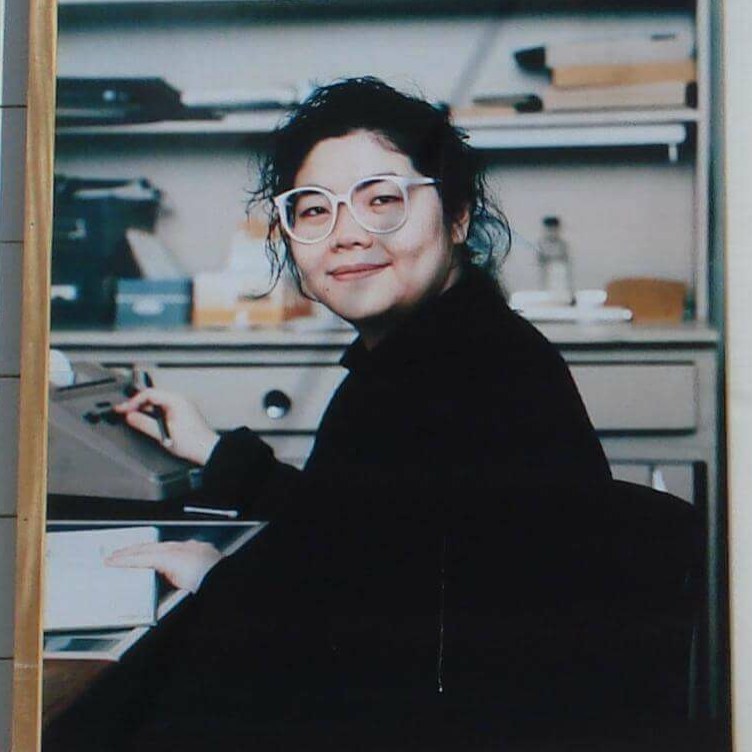 A Working-Class Hero
A Working-Class Hero
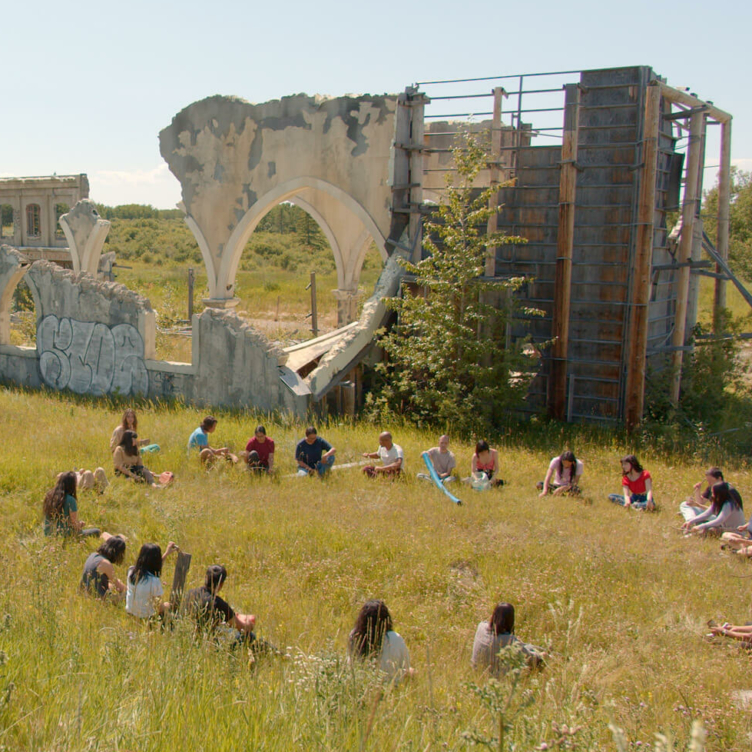 Imagining Entangled Futures
Imagining Entangled Futures
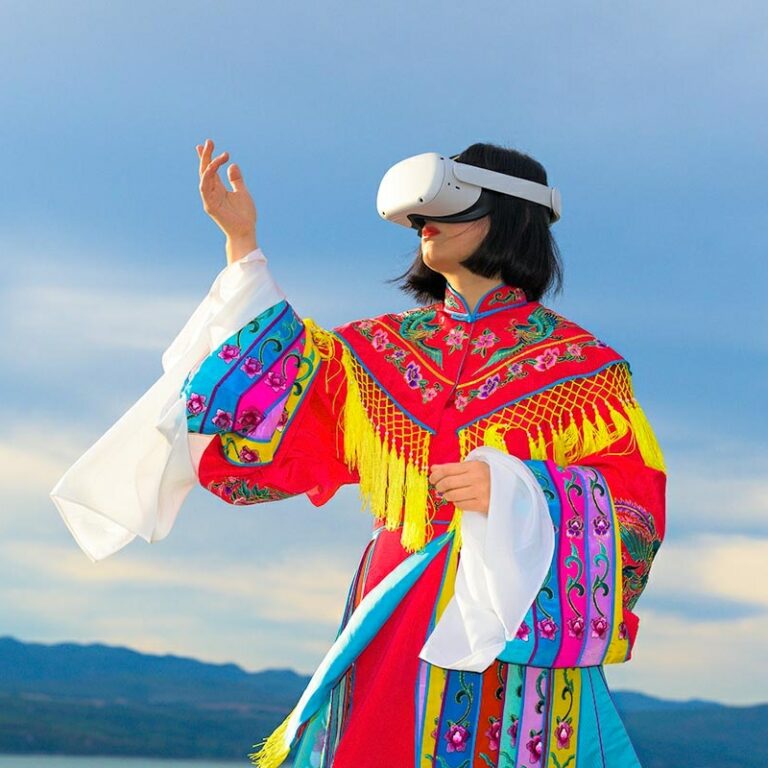 Bridging Far and Near
Bridging Far and Near
 Soft Power
Soft Power
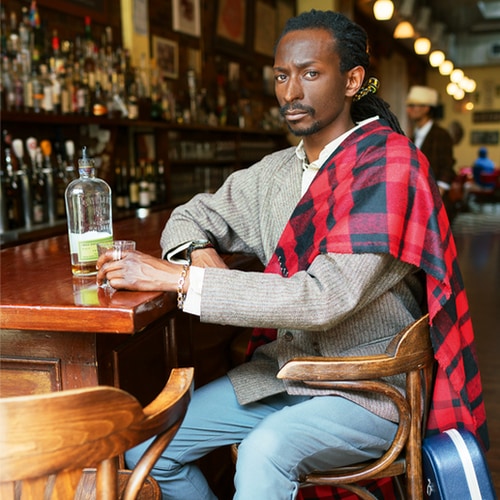 Imagining Emancipation
Imagining Emancipation
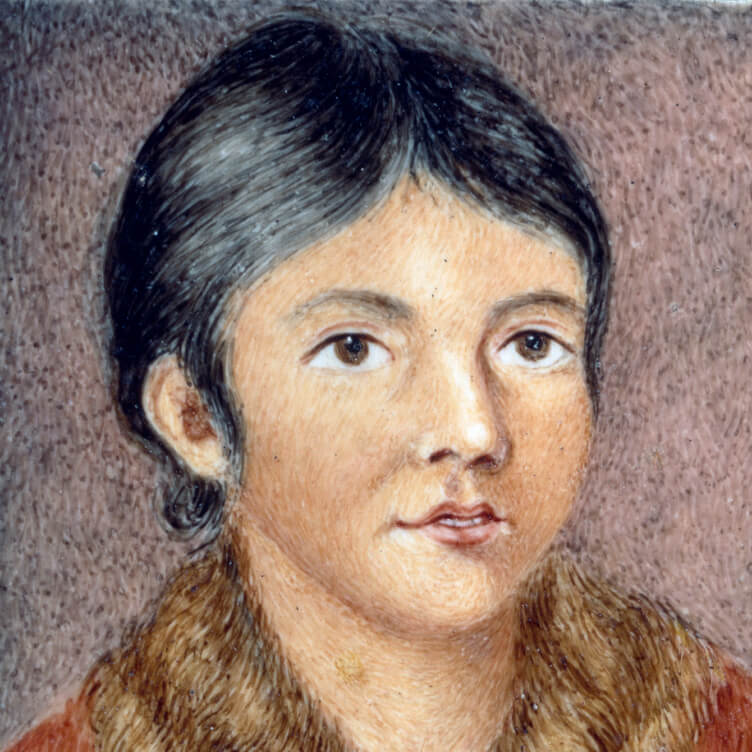 A Priceless Portrait
A Priceless Portrait
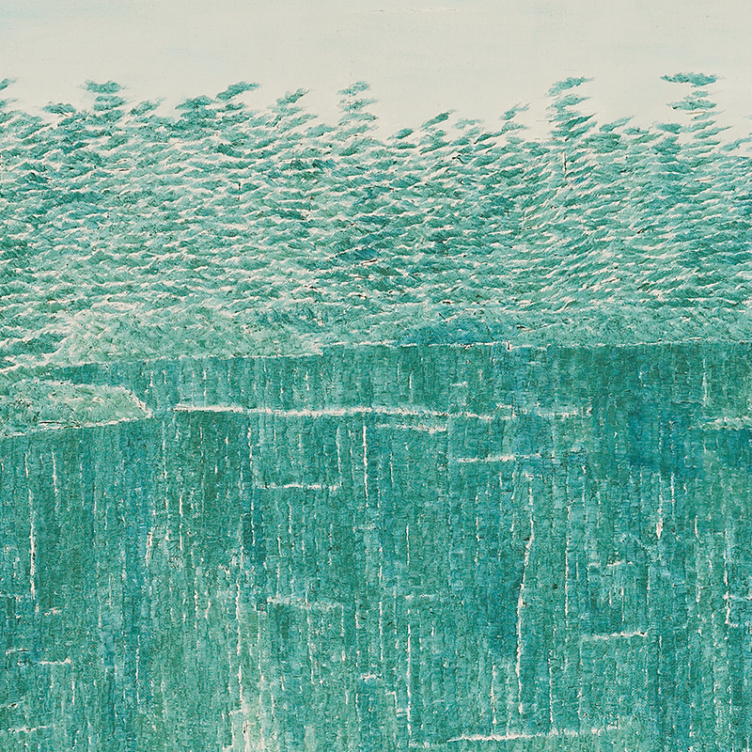 Meditation in Monochrome
Meditation in Monochrome
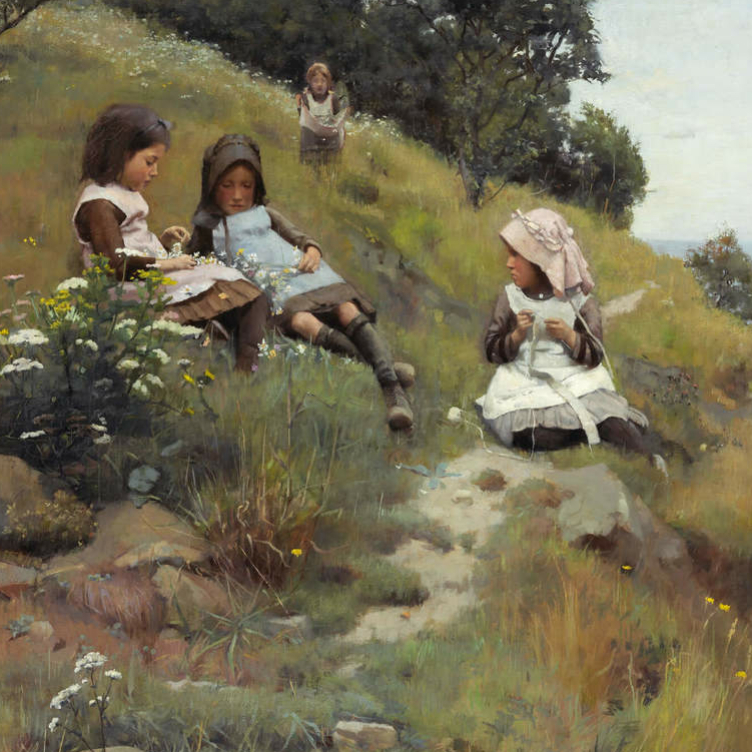 Making His Mark
Making His Mark
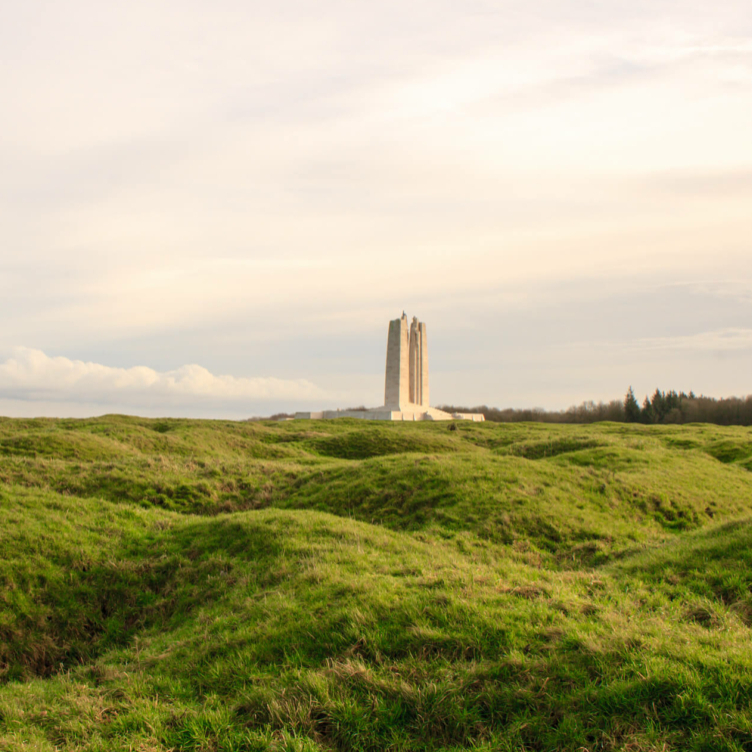 Honour and Sacrifice
Honour and Sacrifice